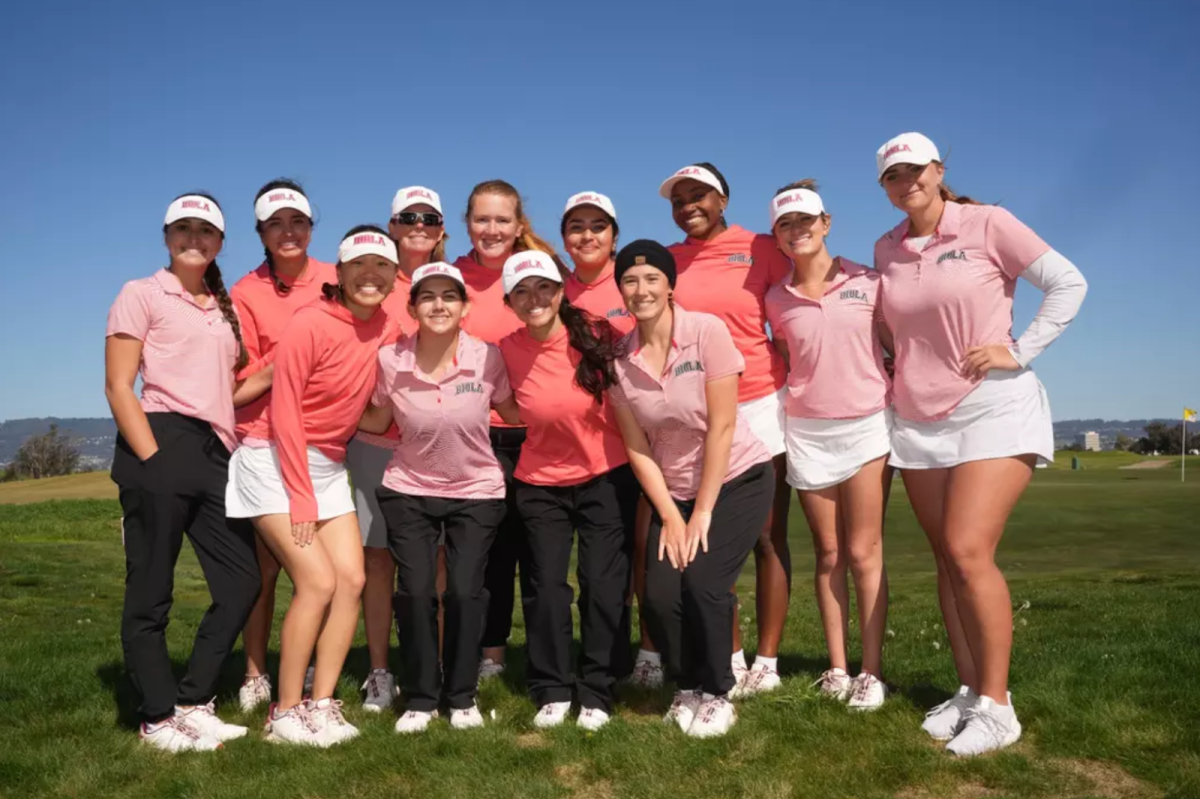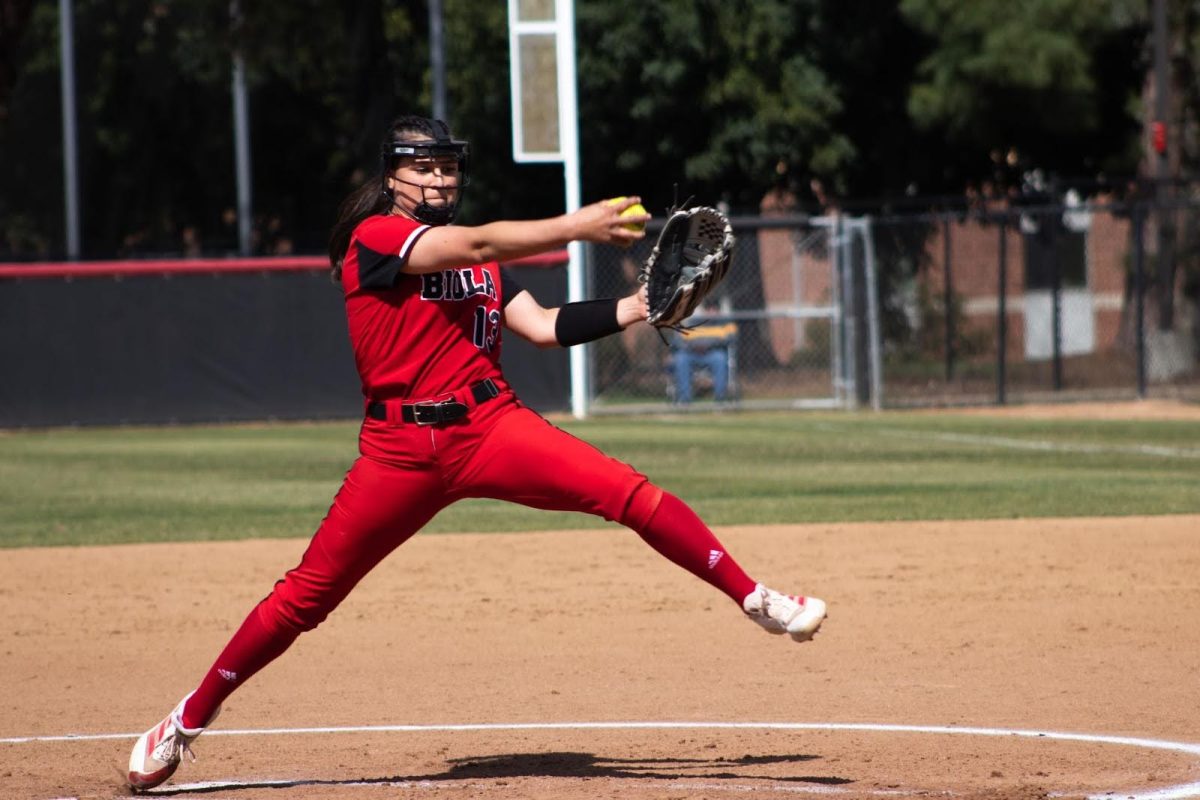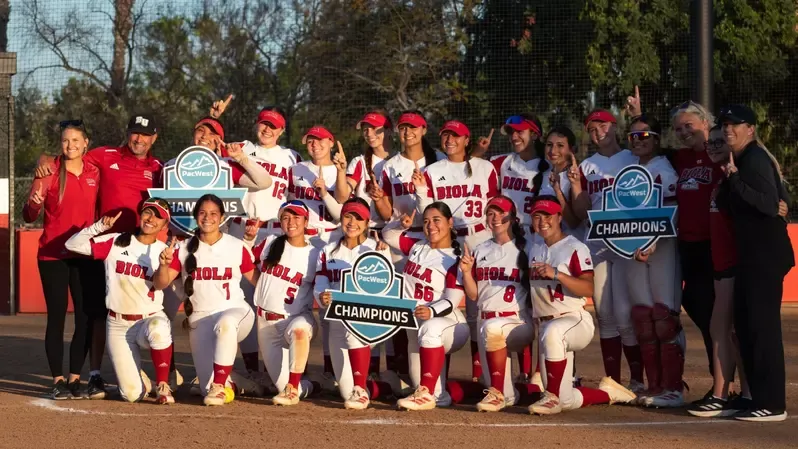The flags in intramural football haven’t prevented injuries from occurring on the field yet.
Just one game into her first season of intramural football, sophomore Emily Blake was warming up with her teammates when she jumped to catch a pass and fell. When she heard her leg snap, she knew something was wrong.
Since she couldn’t walk to the Health Center, some friends took Blake to the local after-hours clinic. There she was told she had broken the back of her tibia (shin bone) and would have to use crutches for at least a month.
Like most on-field injuries, she said there wasn’t anything that could’ve prevented her accident.
“It wasn’t anything that anybody did wrong,” Blake said. “It was just a fall.”
Getting injured wasn’t part of her plan for this season, but she said she still enjoyed being a part of intramurals and wants to play again next year.
Blake wasn’t the first on her team to be injured. Janelle Brown, a junior at Biola, broke her finger earlier in the season. Her injury set off a string of injuries for her team, Poison Mambas, and others in intramural football.
Brown, a pre-physical therapy major, was running to pull a flag off the opposing team’s quarterback when the quarterback ran into her. She thought her finger was jammed, but later found out it was broken. After sitting the bench for two games, Brown was back on the field this last weekend. And despite the injury, Brown said she enjoyed participating in intramurals.
“It’s a lot of fun; it creates community,” she said. “When injuries happen, we just help each other out.” Just last weekend even more injuries occurred. In Saturday night’s game, Team Potential versus Talbot, the teams encountered a few setbacks when junior Drew Brokke dislocated his right shoulder and another player suffered a concussion.
Most other intramural injuries have been minor scrapes and abrasions, common to athletes who play on synthetic turf fields.
Director of the Fitness Center, Mark Hooper said that due to the intense nature of intramural sports, it is difficult to prevent injuries, but offered some pre-game suggestions.
“The only real method of preventing these types of injuries is to make the game less intense and more safe for the participant,” he said. “However, one can prepare for the games by engaging in a pre-season workout that would focus on building strength and explosive power in the muscles.”
If an injury does occur, Hooper said the most important thing to do is rest since continued play could aggravate the injury. He also recommended applying ice to the injured area for about 15 minutes, taking an anti-inflammatory, such as ibuprofen, and elevating the area to decrease swelling.






